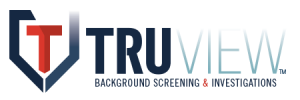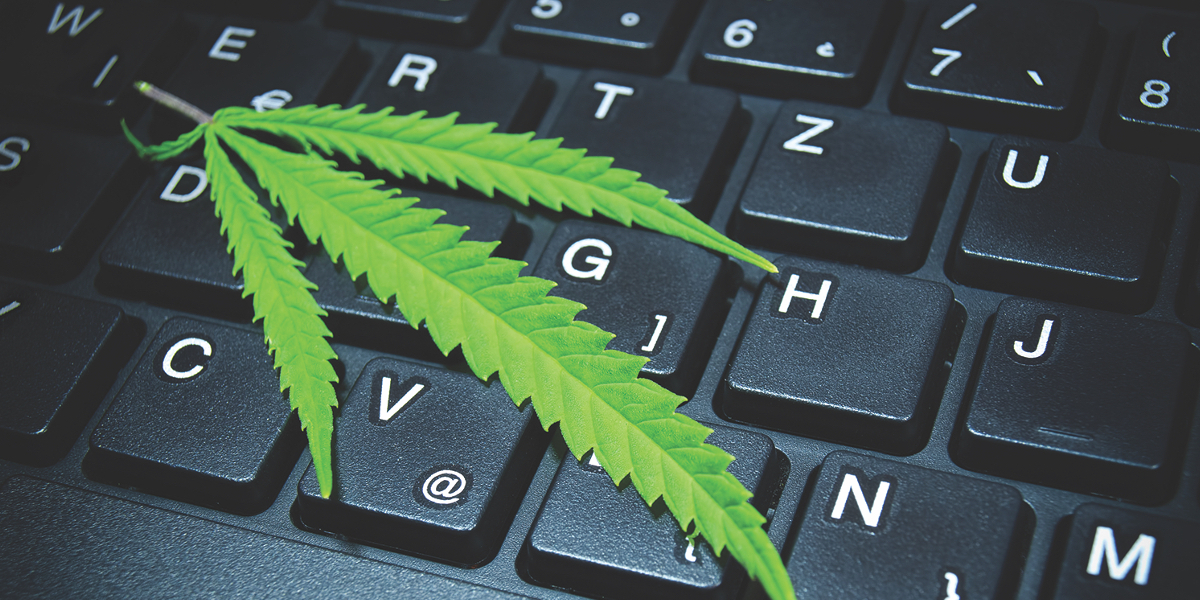Substance abuse in the United States is a huge problem. A 2018 study conducted by U.S. Department of Health and Human Services surveyed people age 12 or older if they had used or misused illegal or regulated substances within the previous 30 days prior to the survey. Statistical extrapolation found that, in a month period across the country:
- 164.8 million people (60% of the sample population) used or misused illegal or regulated substances, including alcohol and tobacco
- 139.8 million used alcohol
- 27.7 million used marijuana
- 4.7 million misused prescription pain relievers, tranquilizers, or sedatives
- 1.9 million used cocaine
- 1.6 million used hallucinogens
- 354,000 used heroin
That same study questioned people 12 or older if they had used or misused illegal or regulated substances within the previous 365 days. Statistical results indicated that, across the country over a year’s time:
- 53.2 million people engaged in illicit drug use (not counting for alcohol or tobacco use)
- 43.5 million illegally used marijuana
- 16.3 million misused prescription pain relievers, tranquilizers, or sedatives
- 5.6 million used hallucinogens
- 5.5 million used cocaine
- 808,000 people used heroin
While not all the individuals surveyed were in the workforce, it is clear that drug and alcohol use is a big problem for employers and for America. The National Council on Alcoholism and Drug Dependence reported in 2017 that 70% of people who abuse illicit drugs are employed, as are most binge drinkers. Almost 25% of 160 million people in the workforce are using illicit drugs to some degree. For many millions, that use spills over into the workplace. Add alcohol abuse into the equation and the problem rises exponentially.
Industry sources estimate that workplace drug and alcohol abuse costs businesses between $74 billion and $200 billion annually, and the actual number could be even higher. A study by the state of Wisconsin estimated that business expenses and losses associated with substance abuse equal 25% of the salary of each affected employee. Another well-regarded study by the United States Navy concluded that the average illegal drug user costs his or her employer over $7,000 per year; considering the study was conducted in 1996, that cost could be higher now.
Using reliable averages, industry expert Bill Current, President of Current Consulting Group, calculates that the cost of drug and alcohol abuse for a company with 17% of its 200-employee workforce abusing to be approximately $238,000, annually. These costs, he notes, are incurred through lowered productivity, increased absenteeism, accidents, workers’ compensation and unemployment claims and costs, healthcare costs, employee theft, low employee morale, workplace violence, and other debilitating effects.
In his book, Why Drug Testing?, Current reports that 38% to 50% of all workers’ compensation claims are related to substance abuse. Drug abusers file three to five times more workers’ compensation claims as their non-using co-workers. Likewise, substance abusers incur 300% higher medical costs then non-substance abusers. Substance abusers are more likely to be absent from work and are estimated to be 33% less productive than their non-using counterparts.
The problem of substance abuse should be a concern for every company and agency, large and small. A best practice strategy for minimizing the potential effects to your organization starts with a pre-employment drug screening policy that complies with relevant state and federal regulations.
© 2020 TruView BSI, LLC. No portion of this article may be reproduced, retransmitted, posted, or otherwise used in any manner without the written consent of TruView BSI, LLC.




